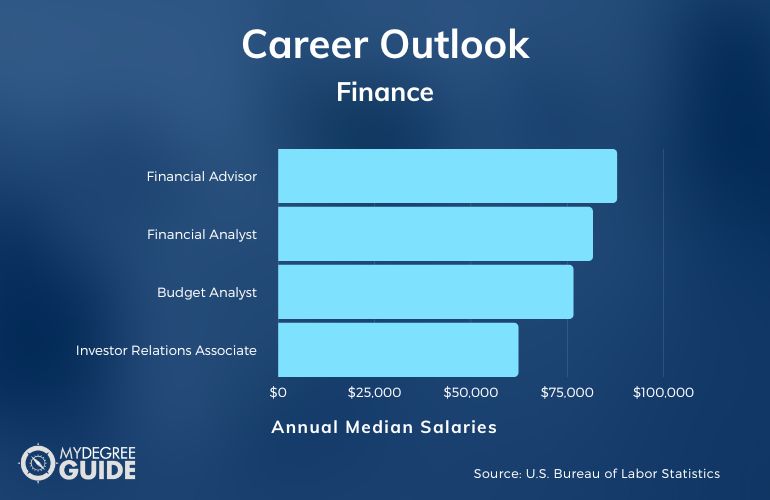
Social security benefits can be less than you might think. Social security employs complete compensation rules that reduce benefits depending on work history. These rules apply to you. Also, learn about the Earnings Test, Maximum benefit, and Taxes on benefits. These tips will help you maximize your benefits.
Earnings tests
Many Social Security recipients find the Earnings Test confusing. Social Security Administration is working to improve its information about the rule. Many people misunderstand the earnings tax as a form of tax. It is now time for Congress not to abolish the earnings test. It penalizes those who need money and discourages them from working. Social Security does not serve as a savings account.
Economists have paid a lot of attention to the Earnings Test. Numerous studies show that it reduces motivation to work. The benefits varied across the sections of earlier studies. Friedberg, (2000) found that modified earnings tests had a modest but significant impact on the labor supply for older workers.

Maximum benefit
Most retirees will not be eligible for the full Social Security benefit. However, understanding how benefits are calculated can help you maximize your benefits. The maximum benefit at full retirement age is currently $3,345 per month, with an absolute maximum of $4,194 a month in 2022. To be eligible for the maximum benefit you must have worked for at least 35 consecutive years. While most people won't work for that much, those who do can reduce their earning years and make up the difference.
The Social Security Administration will look at your earnings history to determine the amount you should be receiving. They will assess your earnings over the course your career and adjust to inflation. You will also be considered the years when you were at your peak. Part-time work can be a great option if you are able to work less than 35 years.
Benefits are subject to taxes
The federal budget is dominated by social security benefits. A large amount of income tax revenue from the government goes to the fund. The Social Security Act states that half of the beneficiaries' Social Security benefits are taxable income. Initially, Social Security administration did no include Social Security Benefits in determining taxable Income. However, a 1993 law mandated that beneficiaries be subject to income tax. In subsequent years the taxation percentage has increased. Earlier estimates placed the percentage at 25 per cent in 1997, 32 per cent in 2000, and 39.5 percent in 2003.
The CBO has estimated that, in the future, income taxes will amount to about eight percent of a typical worker's benefit. Social security benefits are currently subject to a tax rate of 6 1/2%. This rate is not adjusted for inflation or real income growth. Therefore, the percentage of benefits that can be taxable will rise in the future.

Reduced benefits
Reductions on social security benefits are a complex topic, but the main point is simple: every dollar you earn over a higher income limit will lower your monthly benefit check by $1. This reduction applies to both your ELY benefit and your COLA benefit. 2019's income limit is $46,920. Example: If you earn $44,000 per annum, your monthly check would be reduced by $1360. This reduction is even greater if other members of your family have the same record.
Reductions on social security benefits are made to the primary insurance amount (PIA), which is calculated based on your earnings. Retire earlier than you normally and your monthly benefit will decrease. Your monthly benefit, depending upon your age, will increase or decrease after this reduction. This reduction applies to all age groups, regardless of whether you were birth in 1961 or 2000.
FAQ
How to manage your wealth.
To achieve financial freedom, the first step is to get control of your finances. You must understand what you have, where it is going, and how much it costs.
It is also important to determine if you are adequately saving for retirement, paying off your debts, or building an emergency fund.
If you don't do this, then you may end up spending all your savings on unplanned expenses such as unexpected medical bills and car repairs.
What are the potential benefits of wealth management
Wealth management gives you access to financial services 24/7. Saving for your future doesn't require you to wait until retirement. If you are looking to save money for a rainy-day, it is also logical.
You can choose to invest your savings in different ways to get the most out of your money.
For example, you could put your money into bonds or shares to earn interest. You can also purchase property to increase your income.
You can use a wealth manager to look after your money. This means you won't have to worry about ensuring your investments are safe.
What are some of the best strategies to create wealth?
The most important thing you need to do is to create an environment where you have everything you need to succeed. You don't want the burden of finding the money yourself. If you're not careful you'll end up spending all your time looking for money, instead of building wealth.
You also want to avoid getting into debt. It's very tempting to borrow money, but if you're going to borrow money, you should pay back what you owe as soon as possible.
You're setting yourself up to fail if you don't have enough money for your daily living expenses. Failure will mean that you won't have enough money to save for retirement.
You must make sure you have enough money to survive before you start saving money.
Statistics
- As of 2020, it is estimated that the wealth management industry had an AUM of upwards of $112 trillion globally. (investopedia.com)
- As previously mentioned, according to a 2017 study, stocks were found to be a highly successful investment, with the rate of return averaging around seven percent. (fortunebuilders.com)
- If you are working with a private firm owned by an advisor, any advisory fees (generally around 1%) would go to the advisor. (nerdwallet.com)
- Newer, fully-automated Roboadvisor platforms intended as wealth management tools for ordinary individuals often charge far less than 1% per year of AUM and come with low minimum account balances to get started. (investopedia.com)
External Links
How To
How to invest when you are retired
People retire with enough money to live comfortably and not work when they are done. How do they invest this money? While the most popular way to invest it is in savings accounts, there are many other options. One option is to sell your house and then use the profits to purchase shares of companies that you believe will increase in price. Or you could take out life insurance and leave it to your children or grandchildren.
You can make your retirement money last longer by investing in property. Property prices tend to rise over time, so if you buy a home now, you might get a good return on your investment at some point in the future. You could also consider buying gold coins, if inflation concerns you. They are not like other assets and will not lose value in times of economic uncertainty.